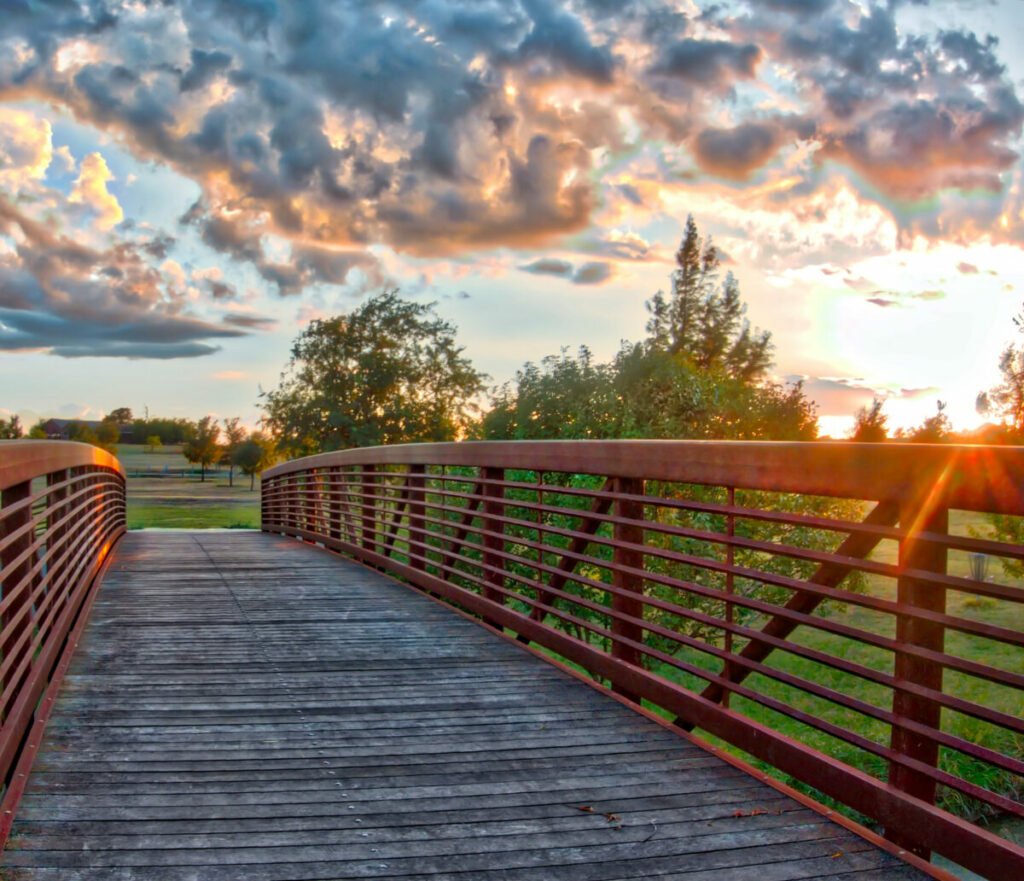The summer before I turned fifteen I often biked with my two best friends to Chicago’s River Park, thirty acres of grass, trees, paths, playgrounds, and a swimming pool. The park was a green haven in our gritty urban neighborhood that was packed with apartment buildings, stores, factories, gas stations, warehouses, restaurants, and everything else that made Chicago livable and tense.
River Park was bisected by the North Branch of the Chicago River. It was an odd looking river because it had been lined with concrete in the 1930s. It looked and often smelled like a drainage canal, though for us it was as close to a river in paradise as we could find, with the sounds of flowing water, the reflections of trees in the water, tree branches floating in it, and squirrels and birds busy in the trees that lined it. It was the first river I ever loved.
We wanted to be as close to the river as possible, but access to the river bank was blocked by a high fence on both sides of the river. Luckily we discovered a place near the Argyle Avenue bridge at the south edge of the park where we could squeeze under the fence and then sit in seclusion beneath the bridge. The riverbank under the bridge became our hideout that summer. Nobody else was there when we were there, and nobody could see us, though there was evidence under the bridge that others had been there, empty wine and beer bottles, used condoms, and a mysterious pair of shoes.
As we sat under the bridge there were the rumbles of cars and trucks crossing the bridge above us. Sometimes we heard snatches of conversation from people walking above us on the bridge, but what drew our attention was not what was above us on the bridge. It was the sounds and sights of the river going by just a few feet from where we sat. We could hear the river gurgling and splashing, and we could see its flow in the movement of the twigs, branches, bubbles, leaves, and streaks of goop it was carrying. The river had a life to it.
We were fascinated by the relationship of this little river to the much more substantial bodies of water downstream of it. We watched it carrying what it carried toward the center of Chicago, where it would join the Chicago River. But although it met the Chicago River close to Lake Michigan, the lake was not the outlet for what our little river carried. The Chicago River flow had been reversed in about 1900, so instead of flowing east into Lake Michigan it flowed southwest into the Chicago Sanitary and Ship Canal. From there the water traveled to the DesPlaines River, then the Illinois River, then the Mississippi, and eventually the Gulf of Mexico. We marveled at the long journey things could take that floated by us, bemused that some bit of debris flowing by would someday reach St. Louis, Memphis, New Orleans, and even the Gulf of Mexico.
In seclusion under the bridge, we talked about the things boys talk about. We talked quietly, almost whispering, not so much to avoid being overheard but because there was something holy about being next to the river, amid the trees, grass, wildlife, and relative quiet of the park. I cannot remember most of what we talked about while under the bridge. But I remember vividly the feeling of being in a secret hideout under the bridge, with so much greenery around us and coming to know a fascinating little river that provided a hint of paradise.


Share this post with your friends.

